Chhattisgarh
A culturally rich state known for its tribal heritage, ancient temples, and folk dance and music.

Home to dense forests, ancient temples, and vibrant tribal communities, Chhattisgarh offers a unique blend of nature and heritage. Known for its breathtaking waterfalls, wildlife sanctuaries, and folk traditions, the state remains largely unexplored and pristine. It provides an authentic experience of rural India while preserving its rich historical and cultural legacy.
Wiki Link: Chhattisgarh
Must-Visit Attractions in Chhattisgarh
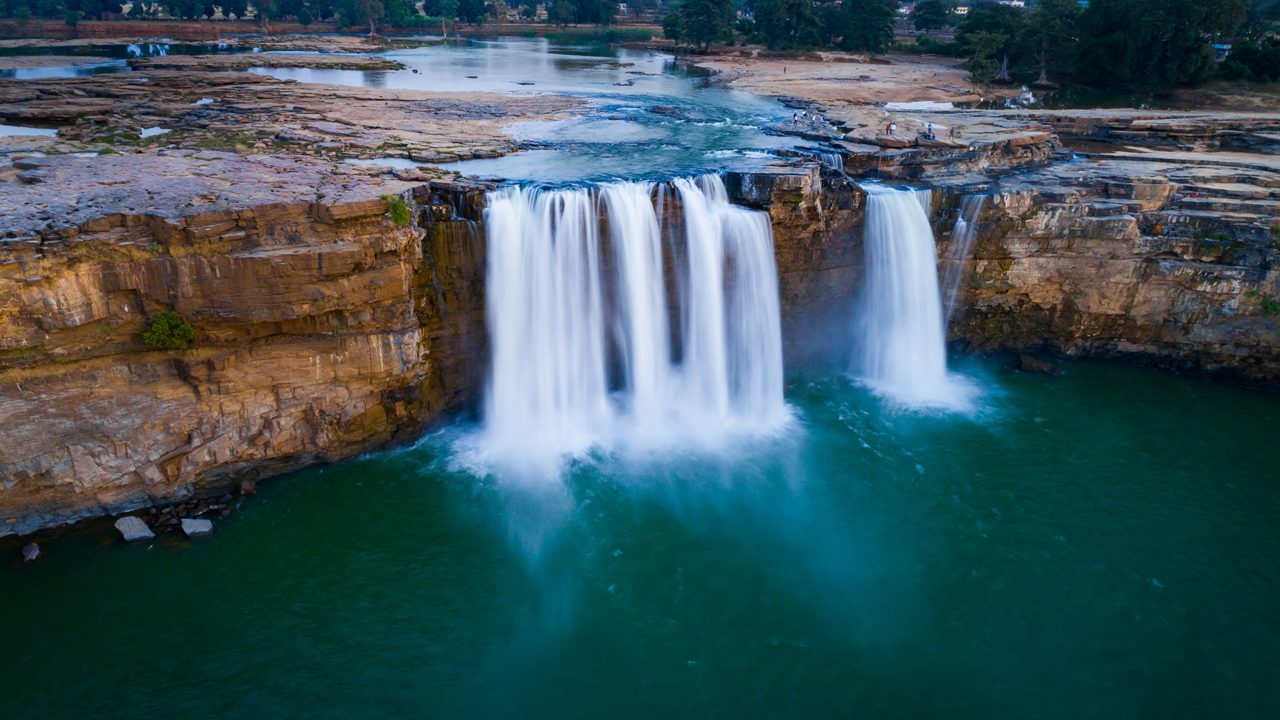
Chitrakote Falls
Often called the “Niagara Falls of India,” Chitrakote is the widest waterfall in India, especially breathtaking during the monsoon season.

Barnawapara Wildlife Sanctuary
Home to leopards, tigers, and bison, this sanctuary is a lush green haven for nature lovers and wildlife photographers.
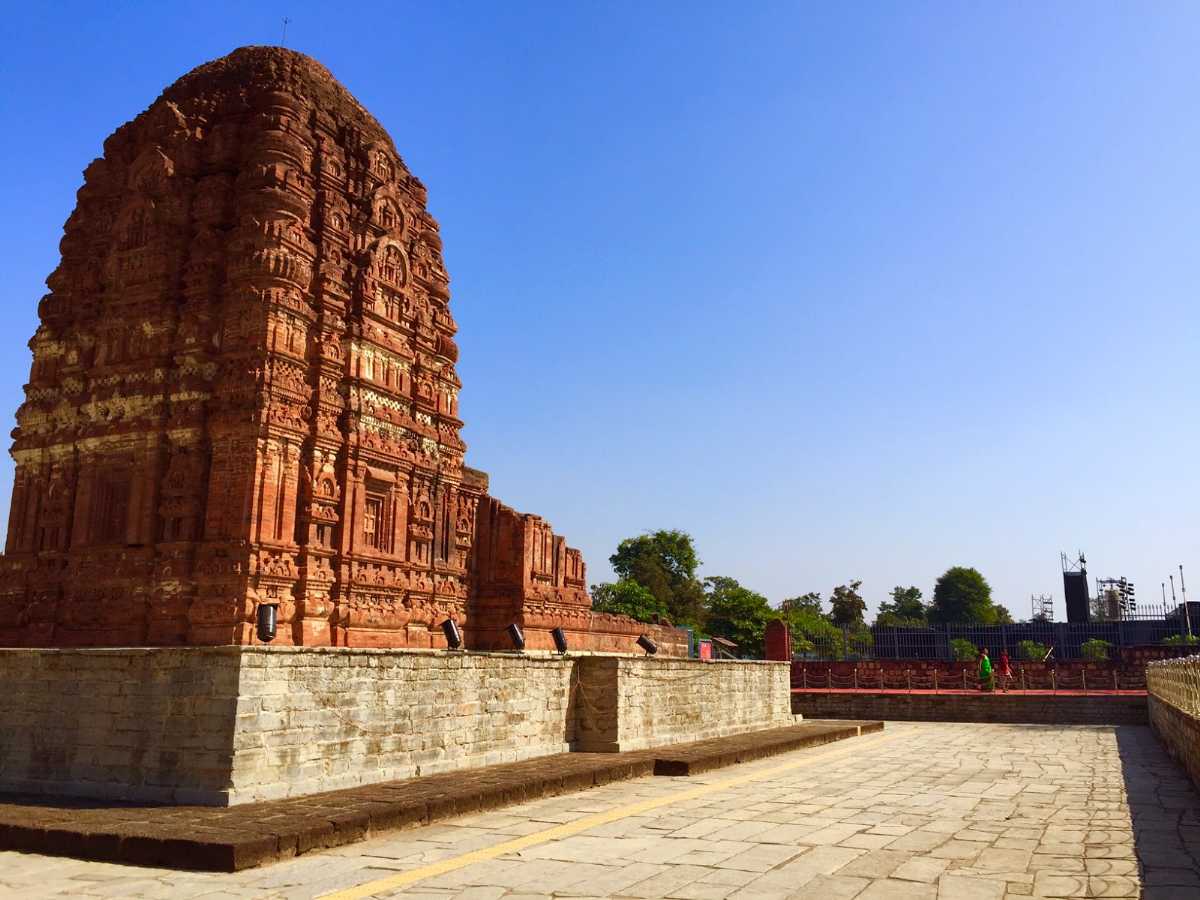
Sirpur Heritage Site
Once a thriving center of Buddhism, Sirpur showcases archaeological ruins including monasteries, temples, and ancient inscriptions.
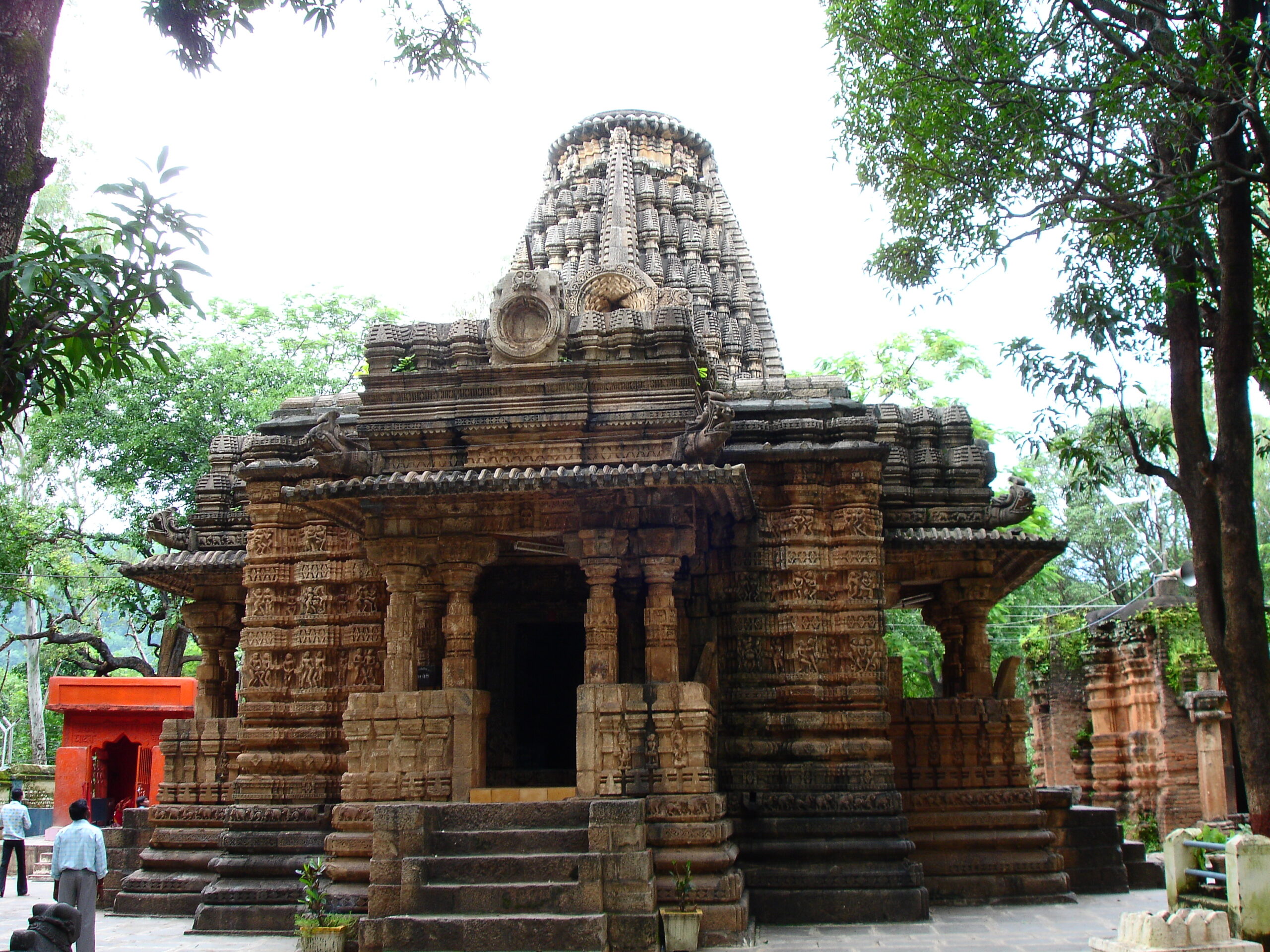
Bhoramdeo Temple
Known as the “Khajuraho of Chhattisgarh,” this 11th-century temple is adorned with exquisite erotic carvings and is dedicated to Lord Shiva.
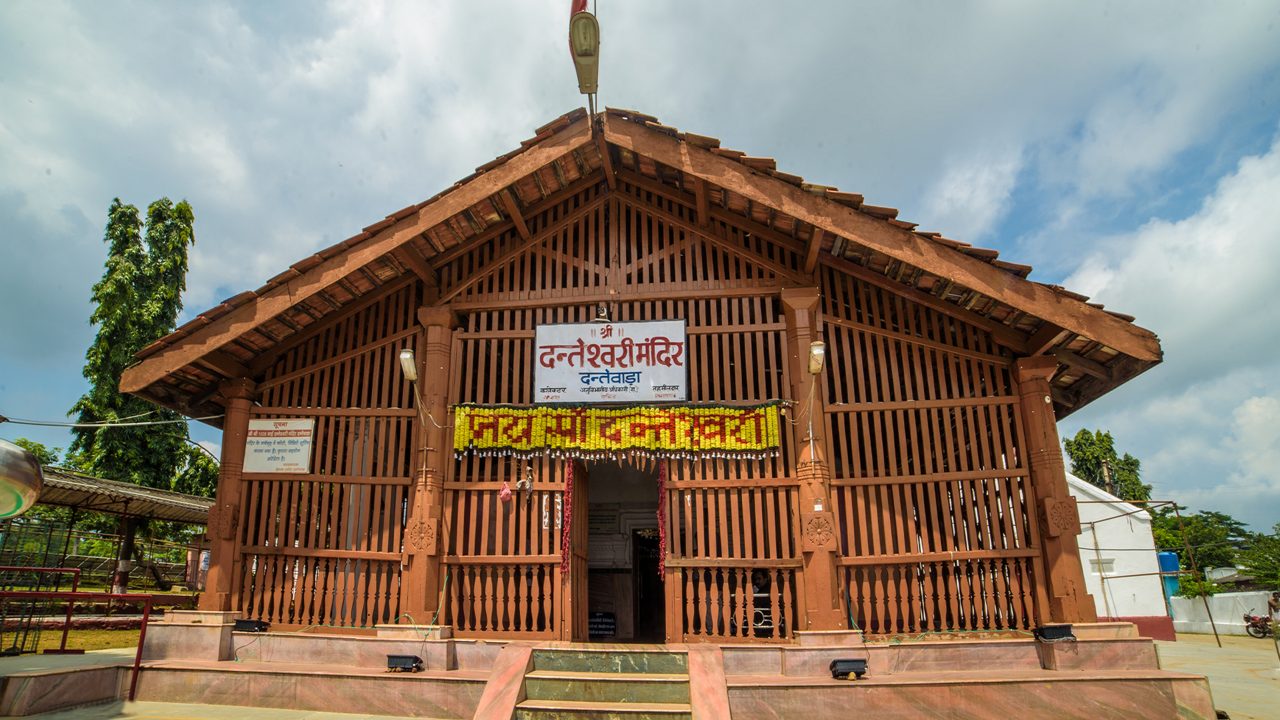
Danteshwari Temple
An important Shakti Peeth and spiritual site, the temple holds significant cultural value and is central to Bastar’s tribal traditions.
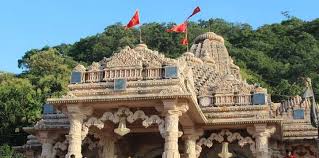
Dongargarh
A sacred hilltop temple attracting devotees year-round, especially during Navratri when the town comes alive with festivities.
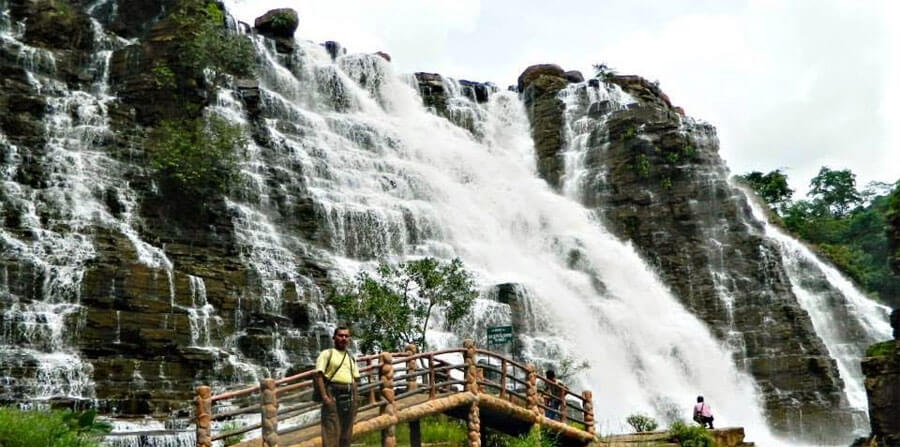
Tirathgarh Waterfalls
Located within Kanger Valley, these are known for their milky-white flow and picturesque multi-tiered drop.
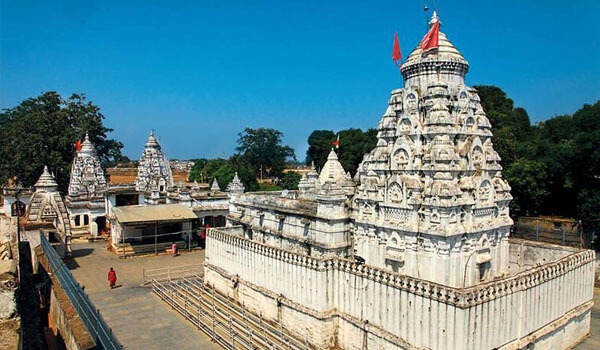
Rajim Group of Temples
Also known as the “Prayag of Chhattisgarh,” Rajim features beautifully built temples by the Mahanadi river.
Heritage of Chhattisgarh

The heritage of Chhattisgarh is deeply rooted in its tribal traditions, ancient temples, and archaeological marvels. Known for its rustic charm and centuries-old customs, the state is home to spiritual landmarks like the Bhoramdeo and Danteshwari temples, showcasing Nagara-style architecture and deep religious significance. Tribal communities such as the Gonds, Baigas, and Oraons contribute vibrant customs, handicrafts, and oral traditions, making the cultural fabric of Chhattisgarh rich and distinctive.
The Performing Art of Chhattisgarh
Rich in tribal traditions, the region’s performing arts include folk music, dance, and narrative theatre. Forms like Pandavani blend storytelling with song, preserving myths and cultural values through engaging performances during festivals and community gatherings
Music Form
Music in Chhattisgarh is deeply rooted in tribal traditions, often performed during festivals, rituals, and agricultural cycles. The songs are usually accompanied by simple instruments like mandar, dholak, and flute, and reflect themes of nature, deities, and daily life. These folk melodies help preserve the oral history and identity of various indigenous communities.
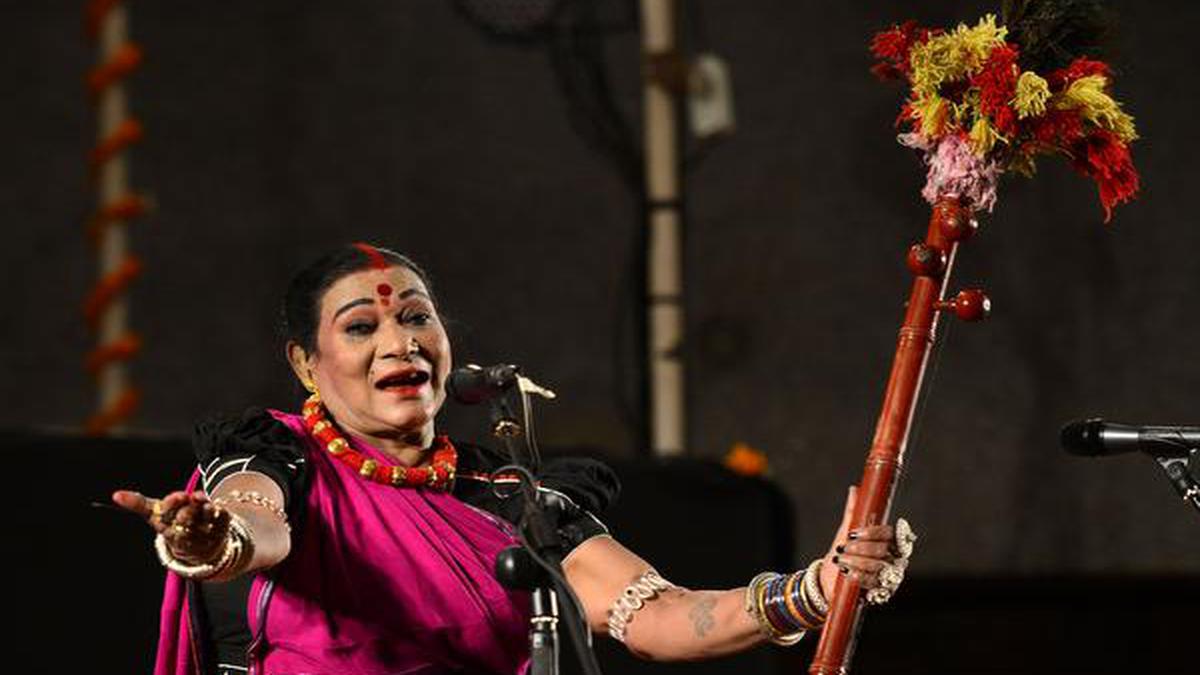
Pandavani
A narrative singing style that tells stories from the Mahabharata, blending music, speech, and expressive gestures.
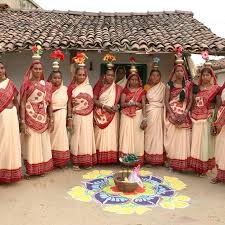
Sua Songs
Sung during the post-harvest festival, these are performed by women in a circle, often holding symbolic props.
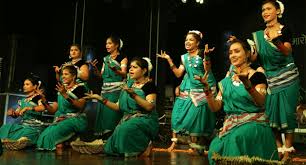
Dadariya
A form of light, playful duet singing between men and women, often expressing love, teasing, or courtship, common in villages
Dance Form
Dance in Chhattisgarh is an expression of its vibrant tribal culture, performed mainly during festivals, harvests, and social ceremonies. These dances are colorful, energetic, and deeply symbolic, often telling stories of nature, mythology, and daily life.
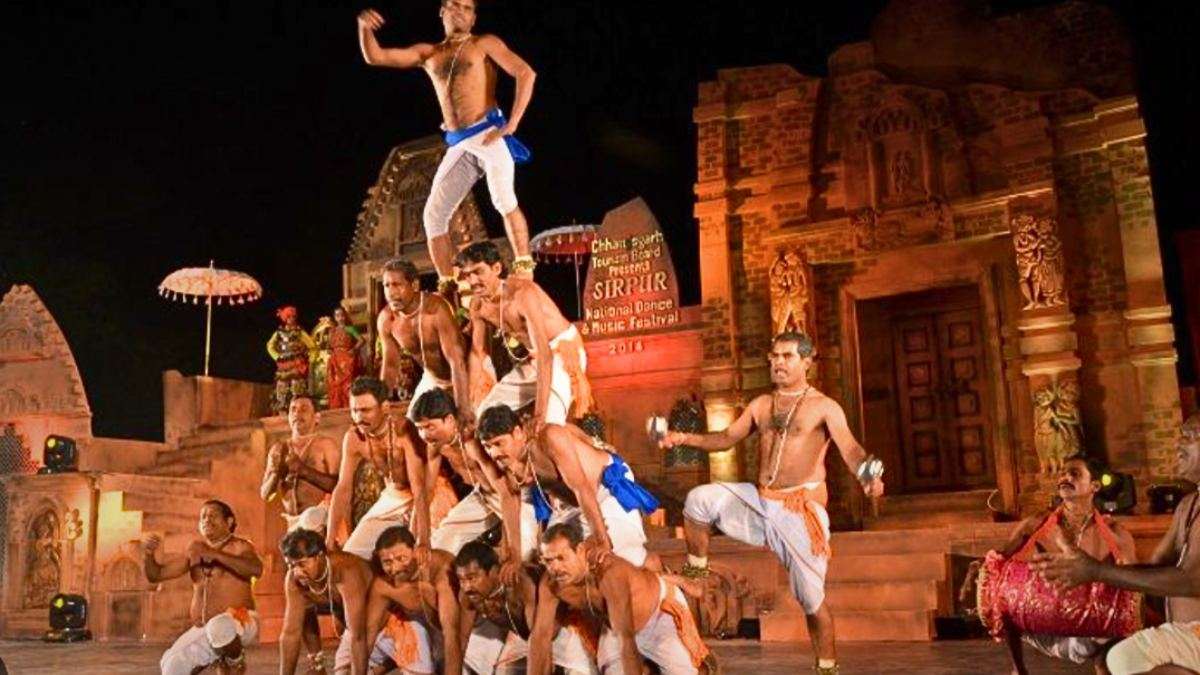
Panthi Dance
Performed by the Satnami community, Panthi dance is a devotional and rhythmic dance that symbolizes valor and spirituality
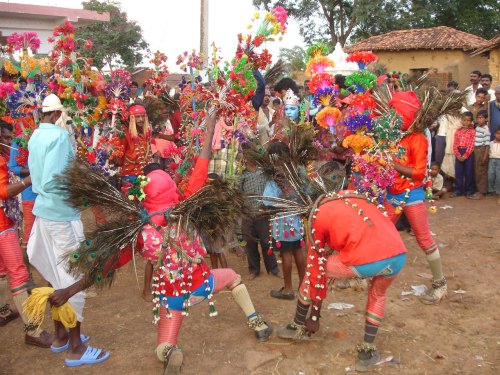
Raut Nacha
This vibrant dance celebrates the life of cattle herders, performed by men dressed as cowherds, often during the Diwali festival.
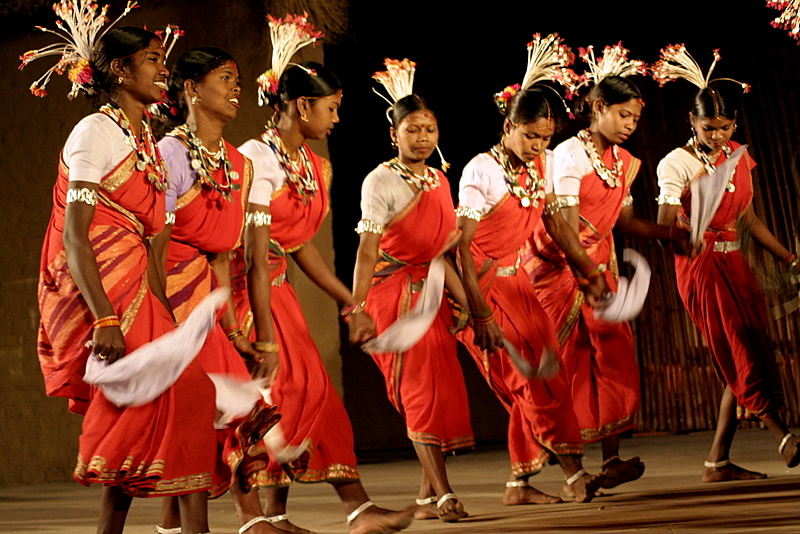
Saila Dance
Performed with rhythmic stick-clashing, Saila dance is usually done by young men to celebrate the end of the harvest season.
Festivals and Celebrations
Festivals in this region are vibrant reflections of tribal culture and agrarian life, celebrated with music, dance, and rituals. These events often honor nature, deities, and community bonds, bringing people together in joyous festivities. Many festivals are linked to the agricultural calendar, marking sowing and harvest seasons.
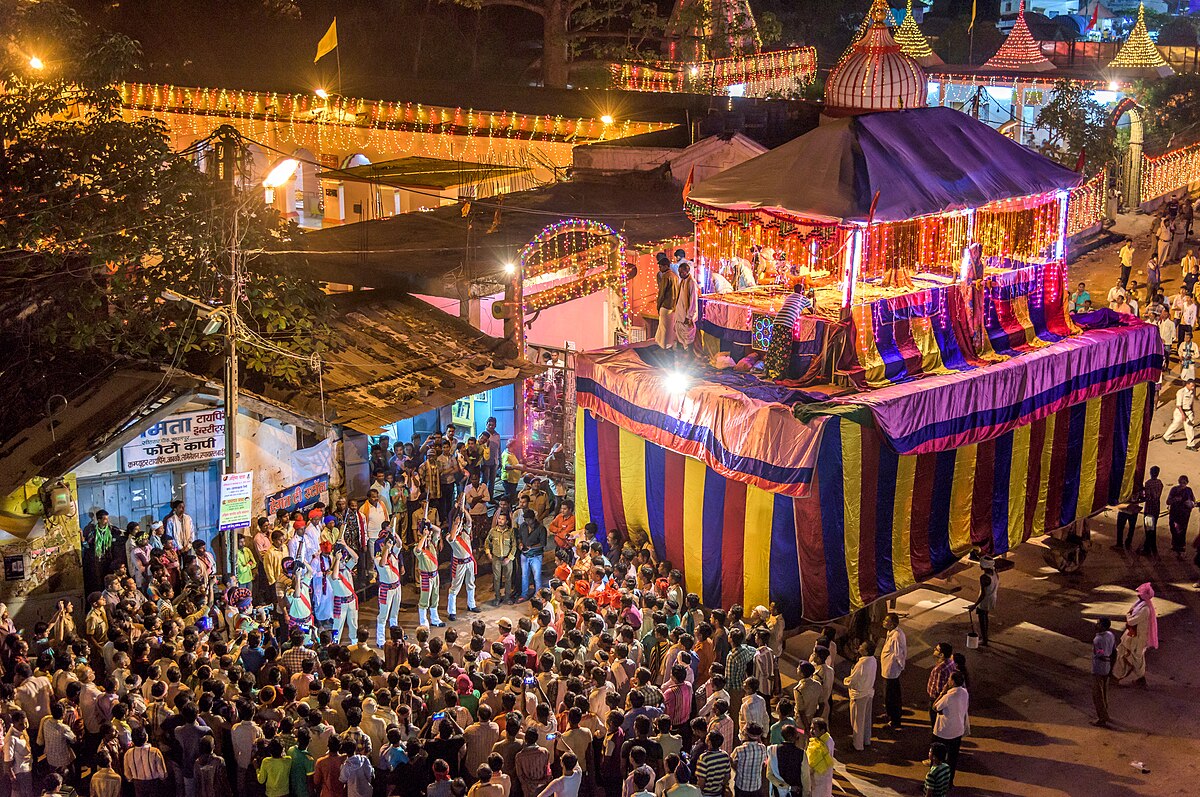
Bastar Dussehra
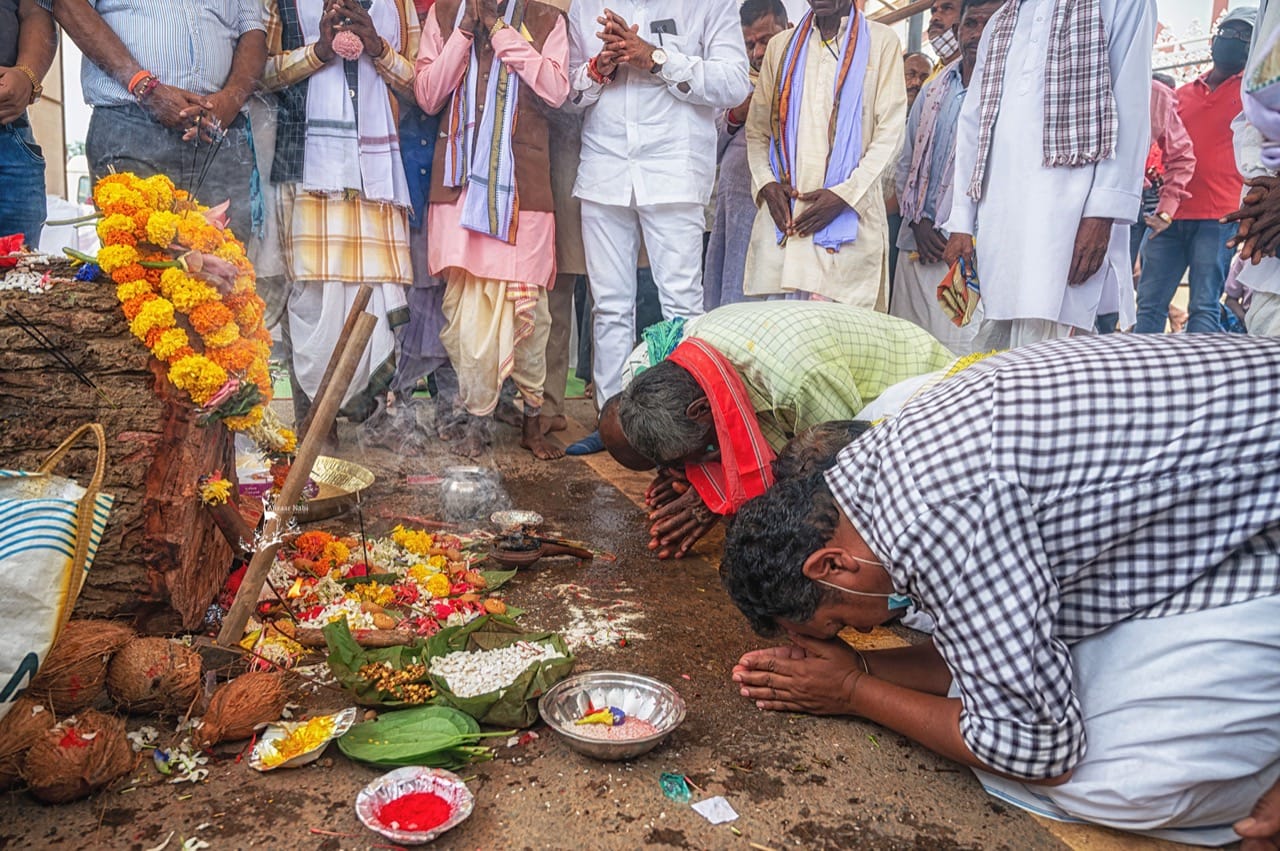
Hareli Festival

Goncha Festival
Chhattisgarh's Cuisine

Chana Samosa
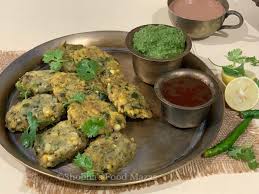
Bafauri

Muthia
Chhattisgarh’s cuisine is simple yet hearty, focusing on locally grown grains, lentils, and forest produce with a blend of mild and spicy flavors.
- Chana Samosa – A popular snack made with spiced chickpeas and crispy pastry.
- Faraa – Steamed rice flour dumplings, often served with chutney or curry.
- Bafauri – Healthy steamed lentil cakes seasoned with herbs and spices.
- Muthia – Fried or steamed snacks made from rice and pulses, flavored with local spices.
- Chausela – Traditional thin rice pancakes enjoyed with chutney or curry.
Popular Shopping Items
Chhattisgarh is a shopper’s delight, known for its tribal art, handicrafts, and natural products.
- Bell Metal Crafts – Traditional metalware crafted by skilled artisans.
- Dhokra Art – Unique tribal metal casting using the lost-wax technique.
- Kosa Silk – Fine silk sarees and fabrics made from local silkworms.
- Wooden Handicrafts – Beautifully carved items reflecting tribal culture.
- Terracotta – Earthenware pottery showcasing traditional designs.
Best shopping places: Raipur markets, Bastar crafts bazaars, and local tribal fairs.
Wooden Handicrafts
Kosa Silk
Terracotta
Dhokra Art
Evolution of Chhattisgarh
⇒ Early Habitation: Evidence of human settlement in Chhattisgarh dates back to the Stone Age, with ancient cave paintings and tools found in the region.
⇒ Dynasties: The region was ruled by powerful dynasties like the Mauryas, Satavahanas, and later the Kalachuris and Haihayas.
⇒ Cultural Growth: Known for its tribal communities, Chhattisgarh developed a rich tradition of folk arts, music, and crafts over centuries.
⇒ Literature & Architecture: The region boasts ancient temples and inscriptions reflecting its historical and religious significance.
⇒ Modern Era: Chhattisgarh became a separate state in 2000, preserving its unique cultural heritage while progressing economically.
Folk Dance of Chhattisgarh

Chhattisgarh Blogs
- Chhattisgarh Cultural guide
- Places to visit in Chhattisgarh
- Places to visit near by Chhattisgarh
- India’s most popular destination
- India’s archaeological marvels
Recommended articles
- Chhattisgarh Cultural guide
- Places to visit in Chhattisgarh
- Places to visit nearby Chhattisgarh
- India’s most popular destination
